African architecture dates back thousands of years, with examples including the Egyptian pyramids’ towering height and the intricately carved mud huts of Mali.
The continent is home to a huge variety of architectural designs and construction methods. These structures have developed over time and are firmly rooted in the cultures and traditions of their respective communities.
The remarkable architectural designs and construction methods can be found everywhere on the continent. African architecture has survived despite numerous difficulties, including colonization and modernization.
It now stands as a testament to the inventiveness and creativity of the continent’s people. In this article, we explore the history, styles, and methods that have shaped this rich heritage as we celebrate the beauty and diversity of African architecture.
History of African Architecture
This historical overview will focus on the development of African architecture and explore the factors that have shaped it over time:

Early African Architecture
Among the earliest buildings erected by humans on the continent were cave homes and rock shelters. Early African architects gradually started using raw materials like mud, straw, and stone in their buildings.
Prehistoric African Architecture
The earliest examples of African architecture can be found in prehistoric rock art and cave paintings. Architectural forms and building techniques depicted in these images include elaborate palaces, circular huts, and stone structures.
These early structures were frequently straightforward and practical, made to withstand the elements and meet the community’s daily needs.
The Ancient Egyptian Architecture
Ancient Egyptian architecture also plays a crucial part in African buildings over the years. The ancient Egyptians were known for their grand structures, which included building massive pyramids, temples, and other buildings.
The Great Pyramid of Giza is the most famous of these structures. The Karnak Temple Complex and the Valley of the Kings are two other notable examples of ancient Egyptian architecture.
Islamic Impact on African Architecture
During the seventh and eighth centuries, the spread of Islam across North Africa introduced a new architectural style that integrated elements of Islamic art and design.
This style is mostly distinguished by intricate geometric patterns, calligraphy, and elaborate tilework. The Great Mosque of Kairouan in Tunisia and the Al-Azhar Mosque in Egypt are notable examples of Islamic architecture in Africa.
Colonial Architecture in Africa

During the nineteenth and twentieth centuries, European colonial powers in Africa introduced a new style of architecture that incorporated European design principles and building techniques.
This architectural style is distinguished by the use of brick, stone, and concrete, and it frequently combines elements of traditional African architecture.
Truly, African nations benefited from the new architectural styles and construction methods introduced by European powers during the colonial era.
However, there was little consideration for African aesthetics in designing many colonial structures, including government buildings and churches.
The introduction of contemporary building materials like concrete and steel further altered African architecture by enabling the construction of taller and more intricate structures.
Modern African Architecture
We Design & Develop Websites, Android & iOS Apps
Looking to transform your digital presence? We specialize in creating stunning websites and powerful mobile apps for Android and iOS. Let us bring your vision to life with innovative, tailored solutions!
Get Started TodayIn recent years, African architecture has experienced a revival, with a new generation of architects and designers using traditional design concepts and methods in contemporary buildings.
Read: Exploring Africa’s Historical Sites: From Ancient Ruins to Colonial Architecture
The Resurgence of Traditional African Architecture

Interestingly, traditional African architecture has recently regained popularity. African building methods, materials, and design elements have special qualities that architects and designers are exploring and incorporating into modern structures. This upsurge is a component of a bigger cultural revival and celebration of Africa’s rich history.
Building Materials and Techniques
African architecture has evolved significantly as a result of changes in building materials and methods. Due to the distinctive environment of the continent, architects and builders have used a wide range of locally sourced materials, including thatch, mud, stone, wood, and even recycled materials.
Use of Local Materials
One distinguishing feature of African architecture is the use of regional materials. For instance, mud is one of the most frequently used building materials in West African architecture.
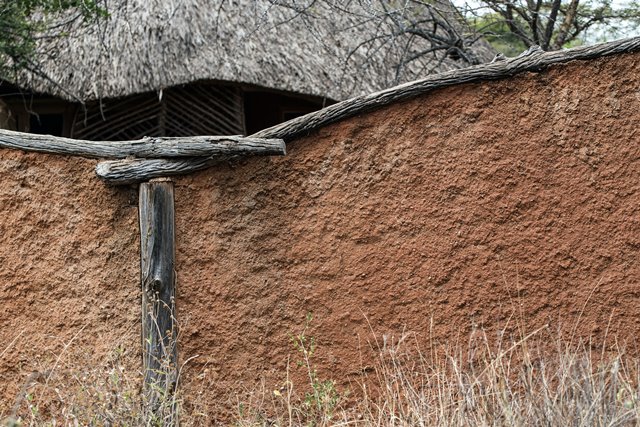
The “cob” construction process, which is used to construct mud homes, entails combining mud with straw or other fibrous materials, forming the result into bricks or balls, and then forming those bricks or balls into walls.
The same applies to East Africa, where thatch is a typical roofing material made from locally sourced grasses and woven into sheets or mats.
Traditional Construction Methods
African architects and builders have created a wide variety of conventional building techniques that consider the particular difficulties of constructing in various environments.
For instance, in the hot, dry region of North Africa, buildings frequently feature central courtyards that offer ventilation and shade. Homes are constructed on elevated platforms in West Africa, where flooding is frequent, to guard against rising waters.
African architecture frequently employs domes, arches, and vaults, particularly in Islamic structures that create expansive interior areas.
Importance of Sustainability in African Architecture
Buildings in Africa must withstand the harsh climate and scarce resources, so sustainability is a key consideration in designing these structures.
In many traditional African structures, energy-saving features like ventilation and shading control the temperature instead of active cooling.
Additionally, using locally sourced materials helps local economies while minimizing the negative environmental effects of construction.
Read: Transforming Historic Buildings into Luxury Hotels
We Design & Develop Websites, Android & iOS Apps
Looking to transform your digital presence? We specialize in creating stunning websites and powerful mobile apps for Android and iOS. Let us bring your vision to life with innovative, tailored solutions!
Get Started TodayRegional Styles and Characteristics in African Architecture
West African Architecture
The use of mud and other locally sourced materials, as well as complex geometric patterns and decorative motifs, are characteristics of West African architecture.
For example, the “banco” building method is used in Mali to construct adobe homes made of mud and straw layers. The created structures have intricate designs and patterns. They are also strong and energy-efficient.
North African Architecture
Islamic design, Arabic, and Berber styles have significantly influenced North African architecture, including elaborate ornamentation and deft tile work.
Since the area has a hot, dry climate, courtyards and fountains are frequently used. An outstanding example of North African architecture is the Alhambra in Granada, Spain, which has several courtyards and gardens in addition to intricate tile work and carvings.
French colonial architecture and Moorish designs all have North African details. For example, the Casbah of Algiers in Algeria and the La Goulette Casino in Tunisia are all French colonial architectural works in North Africa.
East African Architecture
The use of thatch and other organic materials, as well as straightforward and practical layouts that strongly emphasize natural ventilation and light, are characteristics of East African architecture.
For instance, the Maasai build their traditional huts with a frame made of branches and thatch or grass for the roof. These buildings have high, conical roofs that help control temperature and are built to be energy-efficient.
Central African Architecture
The distinctive structural designs and extensive use of bamboo and timber in Central African architecture are notable features.
For example, the BaAka people of the Central African Republic construct their homes with a framework made of poles and woven branches, and thatch roofs that reach the ground. Strong winds and torrential rains won’t damage these structures because of their flexibility.
Southern African Architecture
The variety of Southern African architecture reflects the area’s history of colonization and intercultural fusion. Traditional Zulu huts have thatched roofs and woven grass or reed walls.
Whereas Cape Dutch architecture, which was created during the Dutch colonization of South Africa, is identified by distinctive whitewashed walls and thatched roofs with ornamental gables.
Notable Examples of African Architecture
The Pyramids of Giza
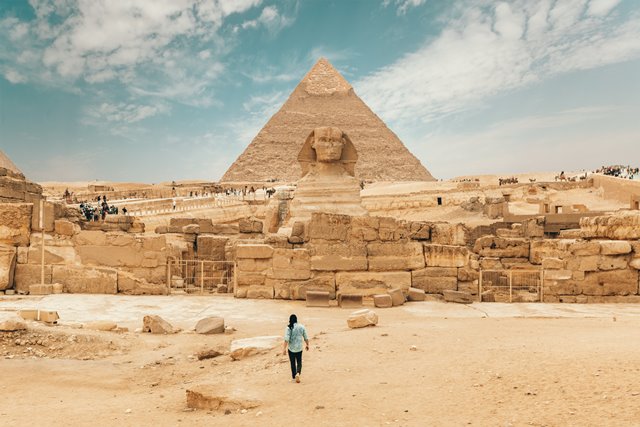
The Pyramids of Giza are arguably the most well-known examples of African design. Over 4,500 years ago in Egypt, people constructed these enormous buildings as tombs for pharaohs. The Great Pyramid of Khufu, the largest pyramid, stands as one of the Seven Wonders of the Ancient World, and builders are believed to have spent more than 20 years constructing it.
We Design & Develop Websites, Android & iOS Apps
Looking to transform your digital presence? We specialize in creating stunning websites and powerful mobile apps for Android and iOS. Let us bring your vision to life with innovative, tailored solutions!
Get Started TodayThe Great Mosque of Djenné
A dazzling example of West African architecture is the Great Mosque of Djenné. This mosque was constructed entirely out of mud bricks in Mali during the 13th century.
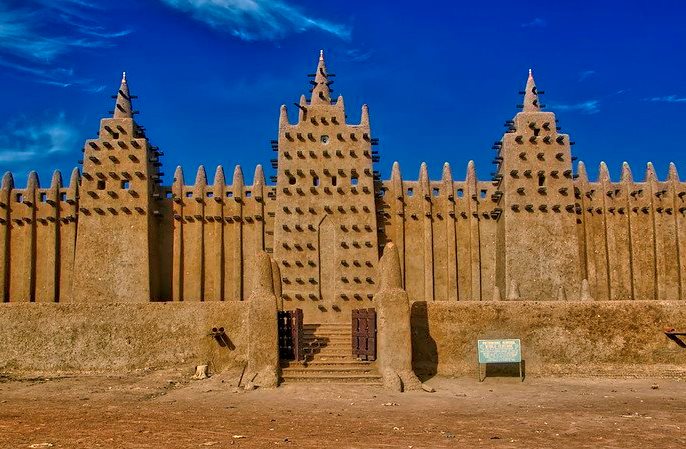
It has intricate patterns and designs, along with decorative wooden beams and a sizable central courtyard. The mosque, which is still in business today, is regarded as one of the most significant places of worship in West Africa.
The Rock-Hewn Churches of Lalibela

A collection of churches in Ethiopia known as the Rock-Hewn Churches of Lalibela were built out of solid rock.
These monumental structures, which date to the 12th and 13th centuries, are decorated with elaborate carvings.
Some churches are entirely underground, while others are built into cliff faces. The most popular of these churches is the Church of St. George, shaped like a cross and entirely carved out of rock.
The Kasubi Tombs
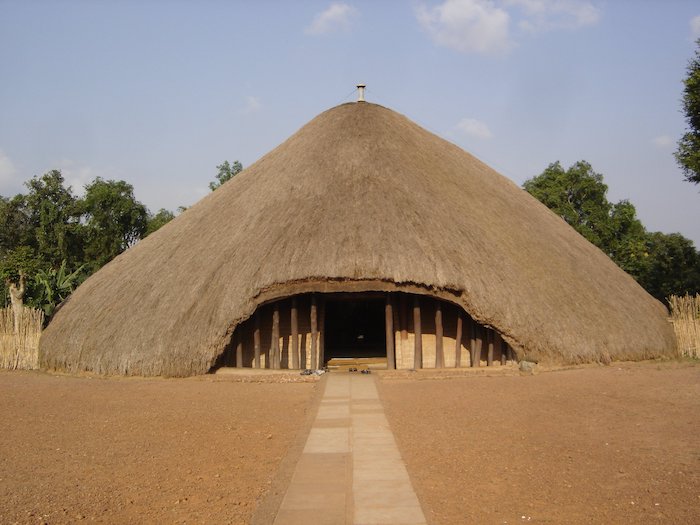
A UNESCO World Heritage Site and outstanding artwork of traditional African architecture are the Kasubi Tombs in Uganda. These tombs, which date back to the 13th century, served as the Kings of Buganda’s final resting place.
Their architecture is also a distinctive fusion of thatched and wooden structures, with finely woven mats lining the walls and ceilings.
Examples of Contemporary African Architecture
Contemporary African architecture actively combines modern technology with traditional design elements, allowing modern architects to create buildings that reflect the cultural and natural context of the continent in innovative and sustainable ways.
The Kigali Convention Centre
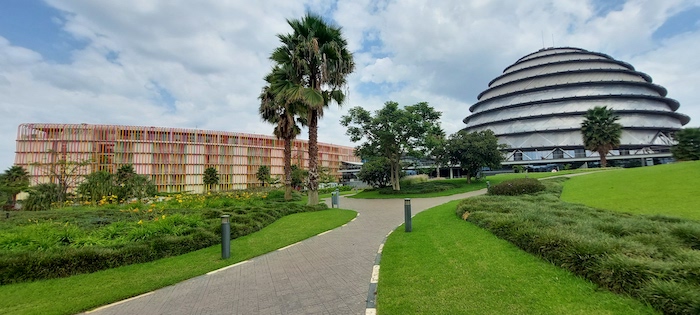
Rwanda’s Kigali Convention Centre is a magnificent example of modern African architecture. A metal skin, featuring a pattern inspired by Rwandan basket-weaving techniques, covers the structure’s exterior. The interior has expansive rooms, many windows, and a large ballroom that can hold up to 2,500 people.
The Bibliotheca Alexandrina

Egypt’s Bibliotheca Alexandrina is a contemporary recreation of the Library of Alexandria from ancient times. With its façade consisting of curved walls and a stunning glass roof, the building’s design pays homage to traditional Islamic architectural features.
Besides a planetarium, museums, and art galleries, the library has over 8 million books in its collection.
The Nelson Mandela Children’s Hospital
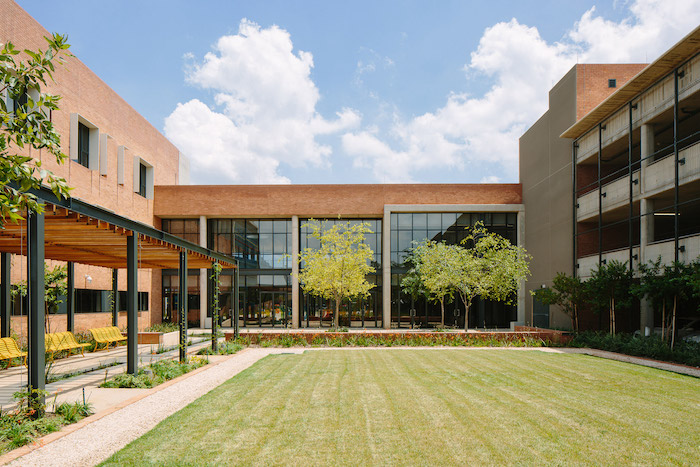
Located in Johannesburg, South Africa, the Nelson Mandela Children’s Hospital is a cutting-edge medical center created for children’s needs.
The façade of the structure is made up of colored glass panels that are arranged in an African textile-inspired pattern. In addition, the hospital’s interior is cheerful and bright, focusing on healing and well-being.
The Azalaï Hotel Group Headquarters
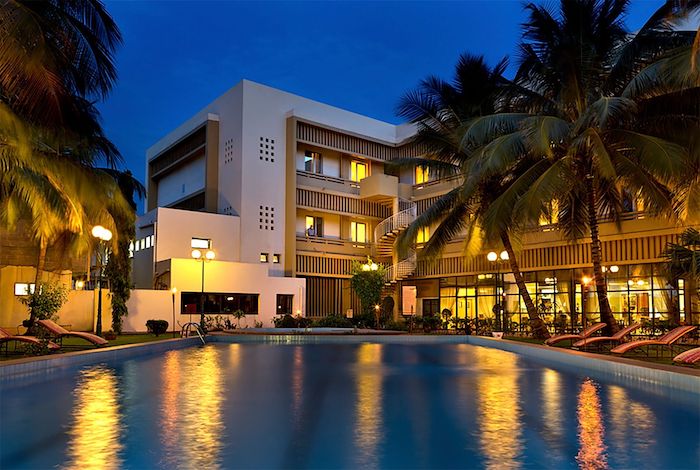
The modern office structure of the Azalai Hotel Group Headquarters, situated in Bamako, Mali, combines traditional and modern design elements.
Moreover, perforated metal screens cover the building’s exterior, reflecting the regional tradition of mud-brick construction. Open, adaptable spaces throughout the interior promote creativity and teamwork.
We Design & Develop Websites, Android & iOS Apps
Looking to transform your digital presence? We specialize in creating stunning websites and powerful mobile apps for Android and iOS. Let us bring your vision to life with innovative, tailored solutions!
Get Started TodayThe Zeitz Museum of Contemporary Art Africa
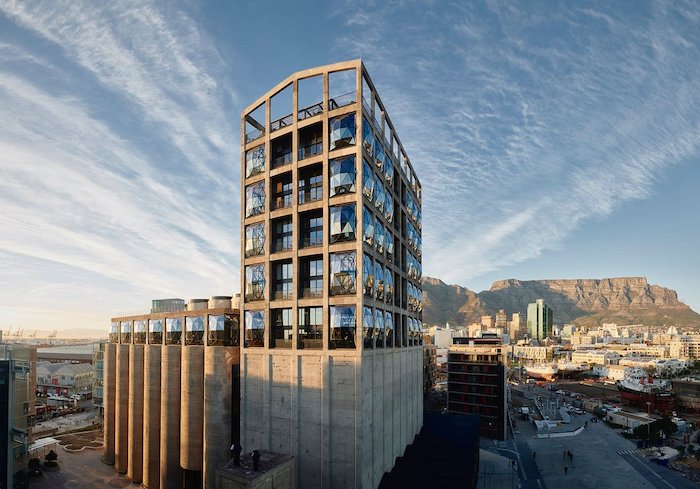
The Zeitz Museum of Contemporary Art Africa, a contemporary museum located in Cape Town, South Africa, occupies a repurposed former grain silo.
The building’s façade produces a distinctive and recognizable silhouette of 116 concrete tubes that rise upward from the building’s base. Moreover, the museum’s dramatic interior spaces and abundant natural light is a bashful display of modern art.
Before you go…
Hey, thank you for reading this blog to the end. I hope it was helpful. Let me tell you a little bit about Nicholas Idoko Technologies. We help businesses and companies build an online presence by developing web, mobile, desktop, and blockchain applications.
We also help aspiring software developers and programmers learn the skills they need to have a successful career. Take your first step to becoming a programming boss by joining our Learn To Code academy today!
Put Your Tech Company on the Map!
Get featured on Nicholas Idoko’s Blog for just $200. Showcase your business, boost credibility, and reach a growing audience eager for tech solutions.
Publish Now










